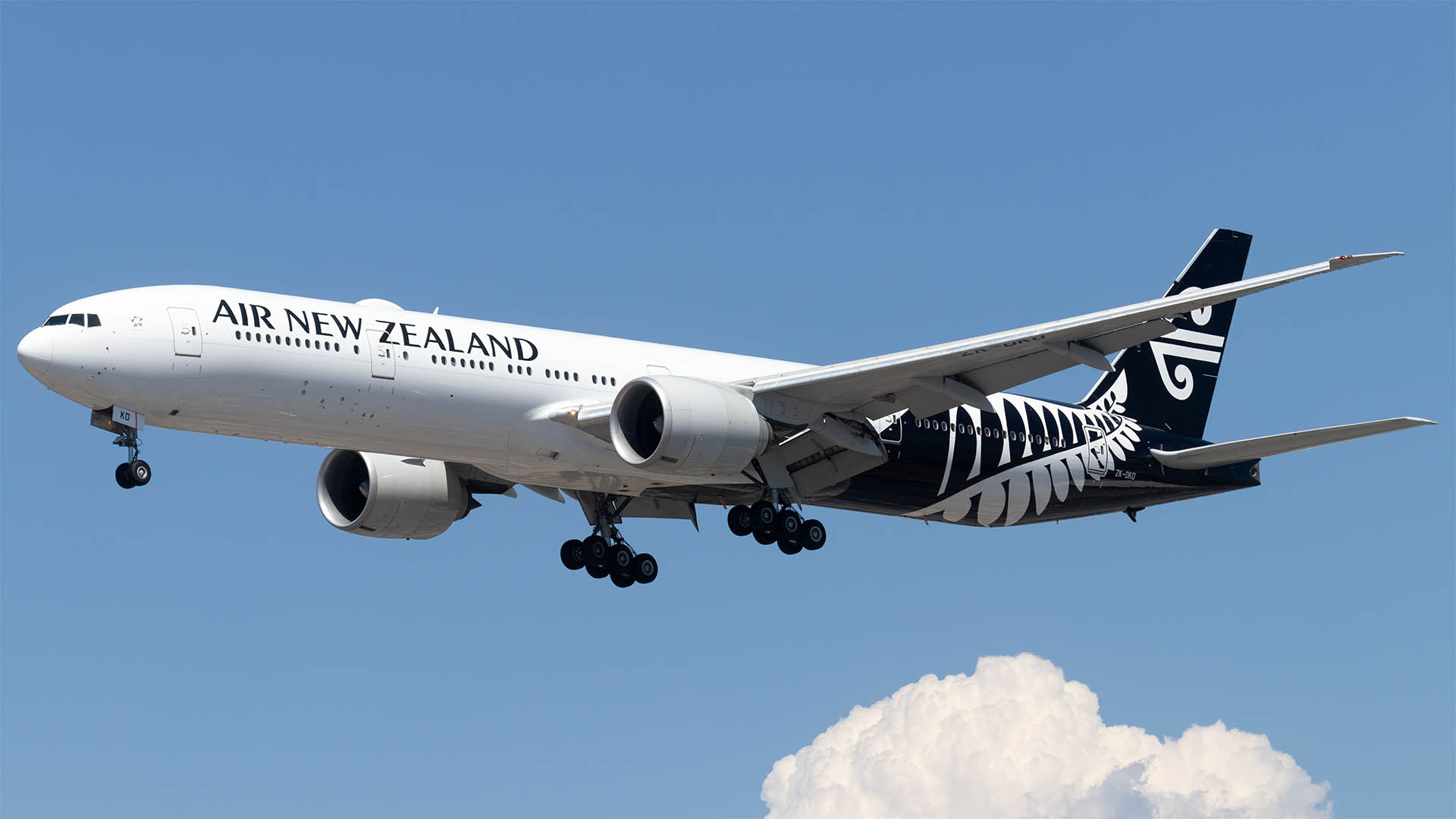According to ABARE’s Outlook paper last week world gold mine production is estimated to have fallen by around 2 per cent last year, to 2463 tonnes, as higher production in China and South America was more than offset by lower output in South Africa, Australia, the United States and Indonesia.
But it says this year global gold mine production should rise around 2.8 per cent to 2531 tonnes because of higher output in Australia, the US and Peru and more than offset a continuing fall in South African gold production.
In the United States, Newmont’s Leeville and Phoenix mines (combined production of around 750 000 ounces a year) both commenced commercial operation at the end of 2006 and will build up to full production in 2007.
ABARE said in Peru, Gold Fields’ Cerro Corona mine (expected annual production of 300 000 ounces a year) is expected to commence operations in 2007 while China’s Jinfeng mine (expected annual production 180 000 ounces a year) in Guizhou province, is due to commence production in the first quarter of 2007.
“South African gold production is forecast to decline slightly in 2007 to around 270 tonnes. A 37 per cent increase in rand denominated prices in 2006 has moderated the impact of production cost increases and has lessened the likelihood of additional mine closures.
“Repairs to the main shaft at Gold Fields’ South Deeps mine were completed in January 2007 and production recommenced in February.
“Harmony Gold’s Tshepong Decline project (172 000 ounces a year) in South Africa is expected to begin production in early 2008.”
ABARE forecasts that global mine production will rise only moderately over the remainder of the outlook period (2011-2012), as the number of large Greenfield projects due to commence operations is small.
“While recent increases in gold prices have encouraged an increase in expenditure on Greenfield exploration for gold, it is unlikely that any recently discovered deposits will commence production before the end of the outlook period. It typically takes a minimum of around ten years (following the initial discovery) to bring a major gold deposit into operation.”
2006 was a poor year for the Australian gold industry and it was only saved from lower returns by the sharp rise in the world price.
Australia last year produced its lowest annual gold production since 1993 but the value of the product was substantially higher because of that leap in world prices.
Australian gold mines produced 249 tonnes of gold in 2006, down five per cent from 2005’s 263 tonnes. The slip in output saw Australia fall to third, behind South Africa and the US in second.
As ABARE pointed out, China is the rising producer, with Peru in South America also lifting output.
Another four per cent rise in output from China this year and it could easily slip past Australia if there’s not a kick upwards later in the year, which ABARE is forecasting.
“Australia’s gold production in 2006-07 is forecast to increase by 2 per cent to 255 tonnes as higher production from Newcrest’s Cadia Hill operation and the startup of Crescent Gold’s Laverton project more than offsets lower production at some existing operations.
“A blow in Victoria with production from Ballarat Goldfield’s Ballarat East project (commenced in late 2005) and Bendigo Mining’s Bendigo project (commenced in mid 2006), has been postponed as further exploration drilling was required owing to difficult geology.
“As well, production at BMA Gold’s Twin Hills operation in Queensland ceased in early 2007, as the company went into administration.
“Beyond 2007-08, the scheduled commencement of the Prominent Hill mine in South Australia (110 000 ounces a year starting in early 2009) and the Boddington joint venture in Western Australia are expected to be the main sources of growth in Australian gold production.”
Both projects are from the rising producer, Oxiana.
“Growth in production will also be supported by expansions of Newcrest operations at Ridgeway Deeps and Cadia East, both in New South Wales,” ABARE said.
Abare said the value of Australian gold exports in 2006-07 is forecast to increase by 30 per cent to $9.2 billion as both export volumes and prices rise.
“Over the medium term, Australia’s real export earnings are projected to reach $11.3 billion (in 2006-07 dollars) in 2011-12, around 23 per cent higher than the export earnings forecast for 2006-07.
“The trend for exports to remain above domestic gold production in Australia is expected to continue over the outlook period as gold is sourced from overseas and transported to Australia where it is refined into gold bullion.”












